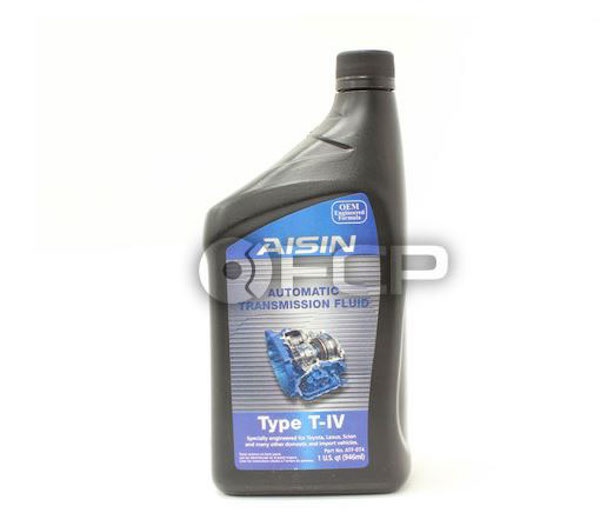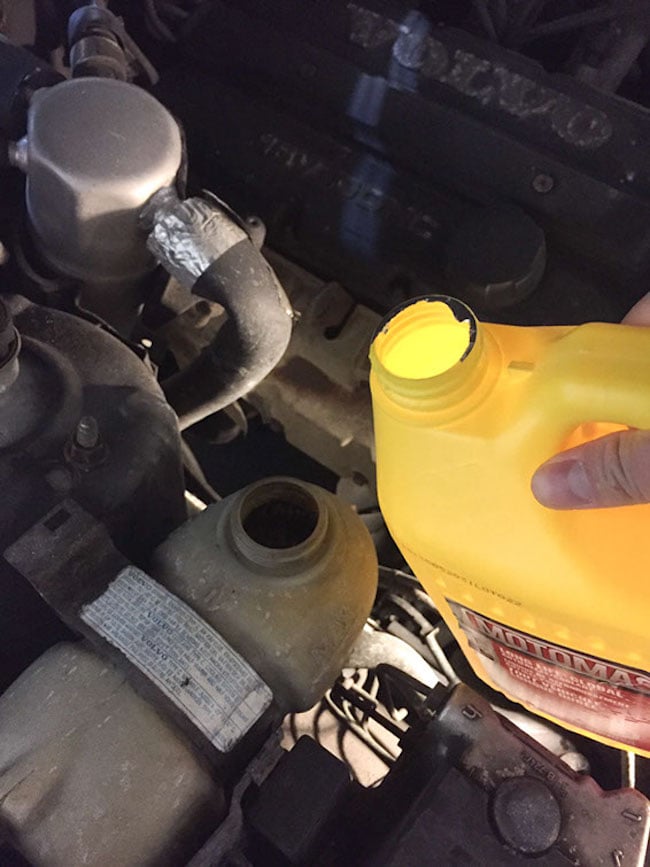When you think of replaceable filters in your car, the first one that pops into your mind is the oil filter, of course. Next up, you might think about the air filter, followed by the cabin air filter and then the transmission filter. However, the one filter you never even thought of is most likely the power steering fluid filter. Why is that? For starters, your car probably doesn’t have one.
Power steering generally lasts the life of your vehicle. I say generally, because most drivers will never own their vehicle long enough for the power steering to break down. Manufacturers specify flushes of the power steering fluid, and that’s about it. For brick owners like us who pride ourselves in putting as many miles on our cars as physically possible, we simply want our Volvo parts to last as long as possible. Enter: the power steering fluid filter.
Over time, the seals in your steering rack will wear, leaving tiny bits running in the fluid. The metal gears will also wear and metal flakes, if not kept in check, will destroy your seals and require either a rebuild, or a new steering rack. As a preventative measure, it is important that you install a power steering fluid filter. After all, if a $10 filter can extend the life of your steering rack, why not?
Here’s what you need:
- 1 X Inline power steering or transmission fluid filter (3/8”)
- 2 feet of 3/8” hydraulic hose (do NOT use fuel hose)
- 4 X hose clamps
- Power Steering In Line Filter (3/8")
Step 1: Perform a Power steering fluid flush and Empty all your power steering fluid
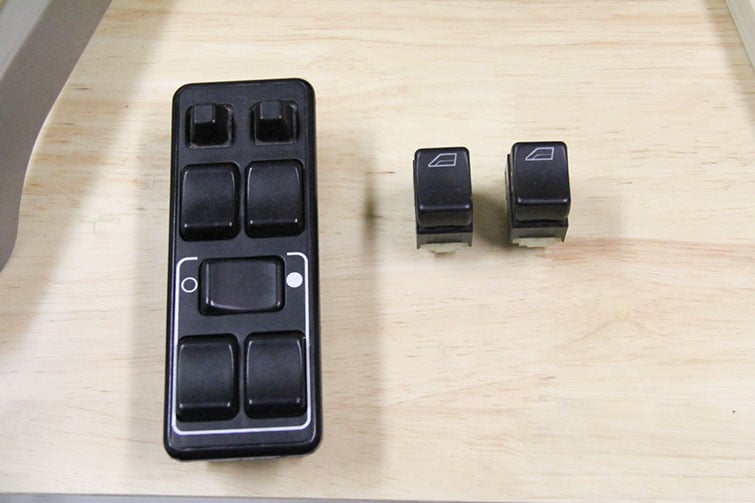
You can do it two ways, the proper way or the lazy way. The proper way is to disconnect the banjo bolt at the power steering rack (return line) and let all the fluid drain out. After disconnecting the return line, turn your wheel slowly from lock to lock to push all the old fluid out. Reconnect the banjo bolt, fill up the system, and run your engine for a few minutes, returning to disconnect the banjo bolt the empty all the fluid once again.
The lazy method is significantly easier, but the down side is that you will still leave some old fluid behind. Doing this method, you also do not need to jack up the car.
Take a turkey baster and suck out all the fluid from your reservoir. Refill the reservoir with fresh fluid and run your car for a few minutes. Repeat this procedure two to three times, making sure that you do not refill the reservoir after the last time.
By flushing the system you are minimally contaminating the new filter you are about to install.
Step 2: Disconnect your power steering return line at the reservoir
Identify the return line as the smaller diameter hose. You’ll need to resort to some fine cutting here, being very careful not to damage the hose barb. Cut away at the existing hose as you will most likely not be able to remove it by pulling it off. If you emptied your system by the lazy method, expect there to be fluid in the line that you will have to drain. If you did it the proper way, don’t worry about it.
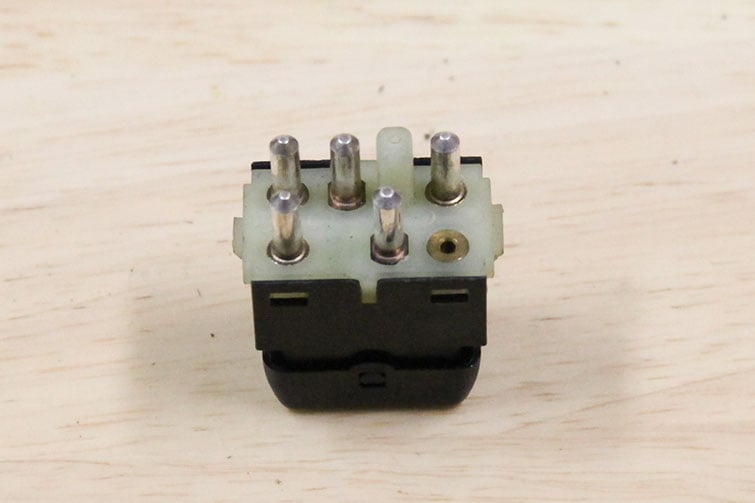
Step 3: Connect your filter
Cut off the tip of the power steering return line that has been mangled by your efforts to remove it from your car. With the arrow pointing towards the reservoir, connect the hose to the filter as it enters the filter.
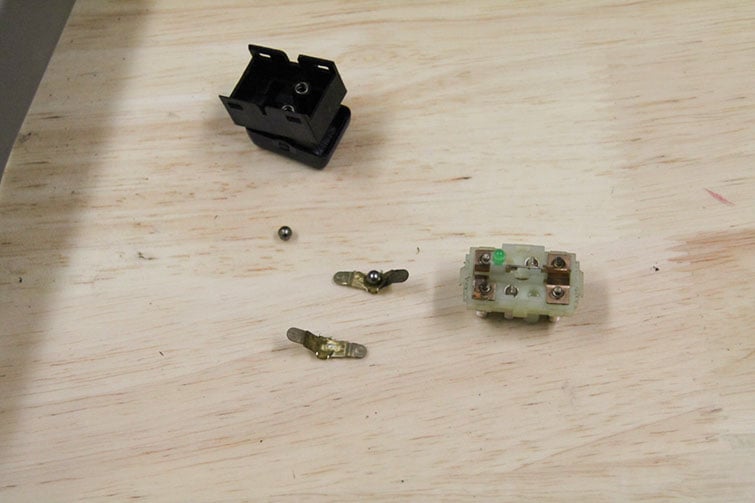
Next, take your 2-feet of new hydraulic hose and connect it from the reservoir to the filter, ensuring the arrow is pointing towards the reservoir. Note that the extra hose is required to snake around the engine compartment and fit the filter. You can see how I fit the filter in the image below. I also used some zip ties in strategic location The other option is to cut down the length of the OEM line, but I opted to keep as much of the OEM line as possible. Use your hose clamps and tighten the line.
Step 4: Refill your fluid and push all the bubbles out of the system
With the filter installed, fill the reservoir back up to the full level and run your car. Turn your wheel from lock to lock a few times to push as much air out of the system as possible. Let the system run for a few minutes, checking back on the fluid level to make sure it is topped up. As you run the car for the first few minutes, expect the level to drop as air bubbles make their way out.
Porsche Audi VW Volvo Auto Trans Fluid - Aisin ATF-0T4
Step 5: Enjoy your renewed steering rack and keep a consistent replacement schedule
In my experience, a power steering fluid flush removed the lumpy steering I felt on full lock. The filter I installed will last me for about a year before I replace it with a new one. In the meantime, I can be sure that my power steering will last me quite a few more years.

